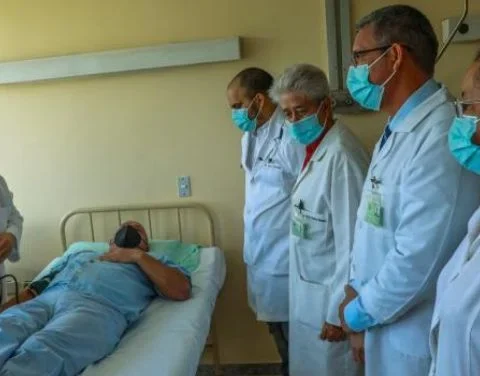The comptroller of the National Electricity Regulatory Entity (ENRE), Walter Martello, today received the Ombudsman of the City of Buenos Aires, María Rosa Muiños, to discuss, among other issues, the coordination of actions related to the implementation of tariff segmentation in the district.
At the meeting, officials expressed their willingness to ensure that all users who need it can keep the electricity subsidy.
“Joint work with territorial deployment is essential to find users who, for different reasons, could not register in the registry and ensure that subsidies continue to reach vulnerable sectors and all users who need them,” Martello said.
The new segmentation proposal aims to allocate energy subsidies according to the economic capacity of households, maintaining subsidies for those with low and medium incomes that require state assistance to pay their electricity and gas bills.
The ENRE controller took advantage of the occasion to present to the Ombudsman the georeferencing map prepared by the ENRE Systems Area that allows users who have not yet registered in the Energy Subsidy Access Registry to be identified.
According to official data, the State covers, on average, more than 70% of the cost of energy that reaches homes, a scheme that, until June 2022, even reached the highest income sectors.
The new segmentation proposal aims to allocate energy subsidies according to the economic capacity of households, maintaining subsidies for those with low and medium incomes that require state assistance to pay their electricity and gas bills.
At the meeting, the officials expressed their willingness to guarantee that all users who need it can keep the electricity subsidy
The high-income segment includes households that declare monthly incomes greater than $419,149.50 (3.5 basic baskets for a type two household according to the Indec), except for Patagonian areas where income must be greater than $511,362.39; have three or more vehicles less than 5 years old; they have three or more properties; or they own a boat, luxury aircraft or are holders of corporate assets that demonstrate full economic capacity.
The medium income segment includes households with total monthly income between $119,757 and $419,149.50, own up to 2 properties and up to one vehicle less than 3 years old; while the lower income segment are households that register net income of less than $119,757, own up to one property and do not own vehicles less than 3 years old.

















